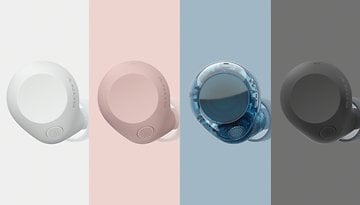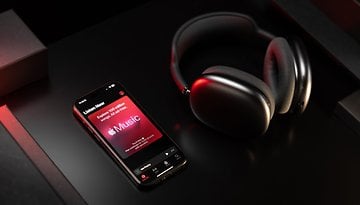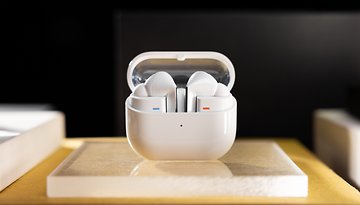IFA 2020: at Harman and JBL, it's raining speakers and headphones
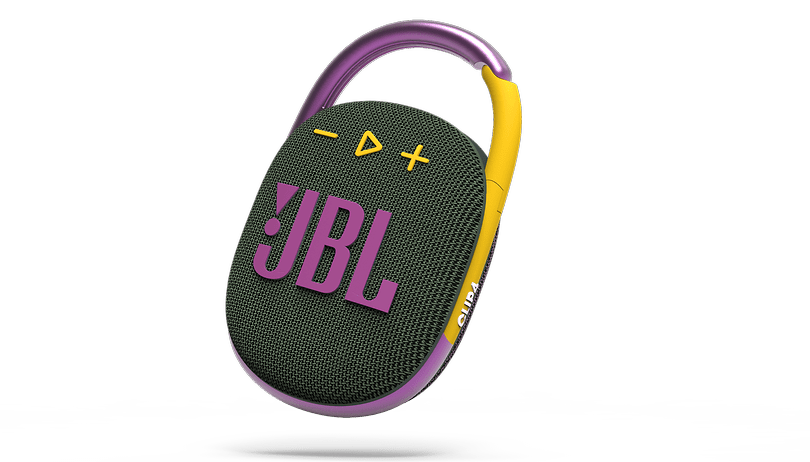

Read in other languages:
IFA 2020 - At the sidelines of IFA 2020 within a purely digital event, JBL presented on Thursday, September 3rd, a new range of its connected portable loudspeakers in a refreshed catalog.
The JBL Go 3, Clip 4, Xtreme 3, and PartyBox 310 apparently bring mere incremental improvements on their already well-known predecessors; but digging in a little bit deeper into the specifications sheet and checking out what minor changes were made to the design has never hurt anyone.
JBL Live Free and Reflect Mini, two new pairs of true wireless headphones
The JBL Live Free NC+ features active noise reduction right out of the box. The manufacturer promises up to 21 hours of battery life with the charging box (7 hours per earphone) and is also compatible with the Qi wireless standard. They are IPX7 certified, and will therefore be perfectly adapted for sports use - even for hardcore runners who do not mind running under the rain. They will be available this October at a recommended retail price of €179 in 4 colors: black, white, blue, and pink.
The JBL Reflect Mini is also IPX7 certified and also offer a total battery life of 21 hours with the accompanying case as well as active noise reduction. The "Mini" form factor is a clear departure from the Live Free, allowing it to cater to those who are looking for something different. The JBL Reflect Mini will be available from October 2020 in black, white, and blue shades at the recommended retail price of €99.99.

Two new ultra-portable speakers
The JBL Go 3 and Clip 4 are the two new compact connected speakers as part of this year's catalog. JBL has essentially reworked the look of its already well-known flagship models in order to gain new fans.
A distinctive, large JBL logo, mesh fabric carefully implemented throughout, and a strap on the JBL Go 3 alongside a strap on the JBL Clip 4 will emphasize the highly portable, ultra-compact look of these travel speakers.
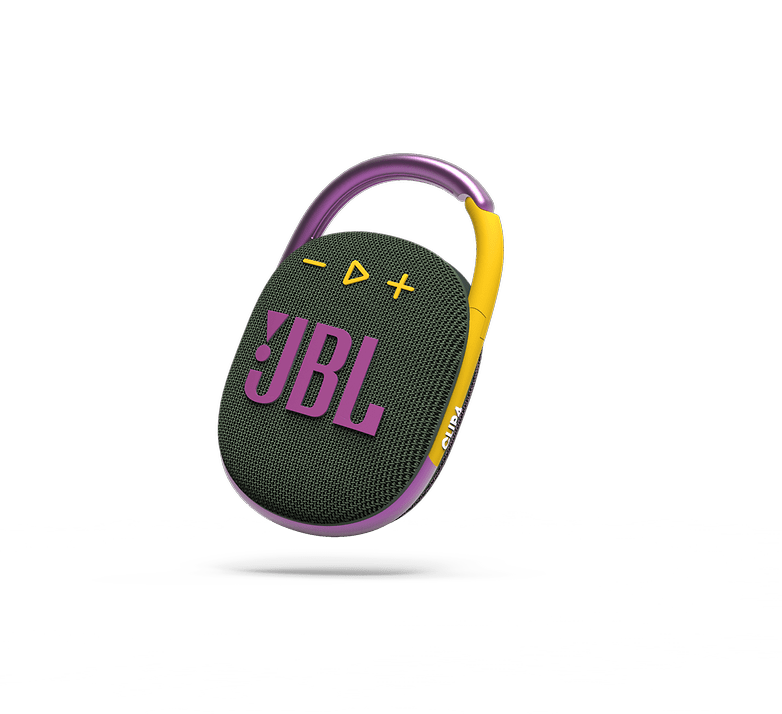
Each model is IP67 certified and can therefore withstand immersion in water, although you can't leave them underwater for too long. A silicone coating has been integrated on each speaker to make them more stable when laid flat without slipping about. The JBL Go 3 and Clip 4 will be available in October at a price of €33.99 and €59.99, respectively.

JBL Xtreme 3, robustness and battery life are its standout features
JBL ensures that a quartet of upgraded speakers and a couple of bass woofers have been integrated into the JBL Xtreme 3 speaker. It is also IP67 certified and the manufacturer promises up to 15 hours of battery life per charge. The speaker also acts as an external battery which can then be used to power up other devices, such as your connected smartphone.
It supports Bluetooth 5.1 multipoint connectivity for up to to 2 devices at the same time, as well as JBL's PartyBoost feature, which enables you to connect several of your speakers together for a more powerful listening experience or even stereo sound. The JBL Xtreme 3 will be available in October for €299 a pop.
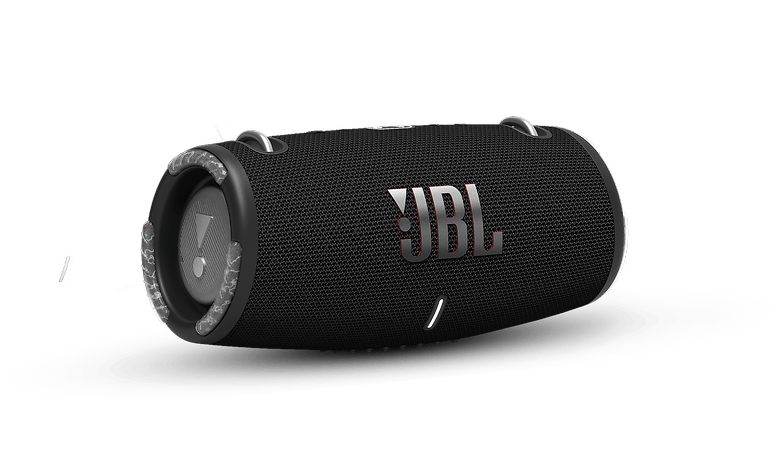
JBL PartyBox 310, a concert in your suitcase
JBL concluded its presentation with an update to its portable and tubthumping PartyBox 300 speaker system. The new version, known as the PartyBox 310, features just a few ergonomic additions, including a telescopic handle and two castors, transforming it into an impromptu case for easy transportation.
This redesign also allows it to be placed on a standard speaker stand, which was not an option in the previous model. The buttons on the control panel are more than ever before, and to enhance the user experience at night or under low light conditions, these buttons are backlit. The PartyBox is also IPX4 certified and offers up 18 hours of battery life on a full charge.
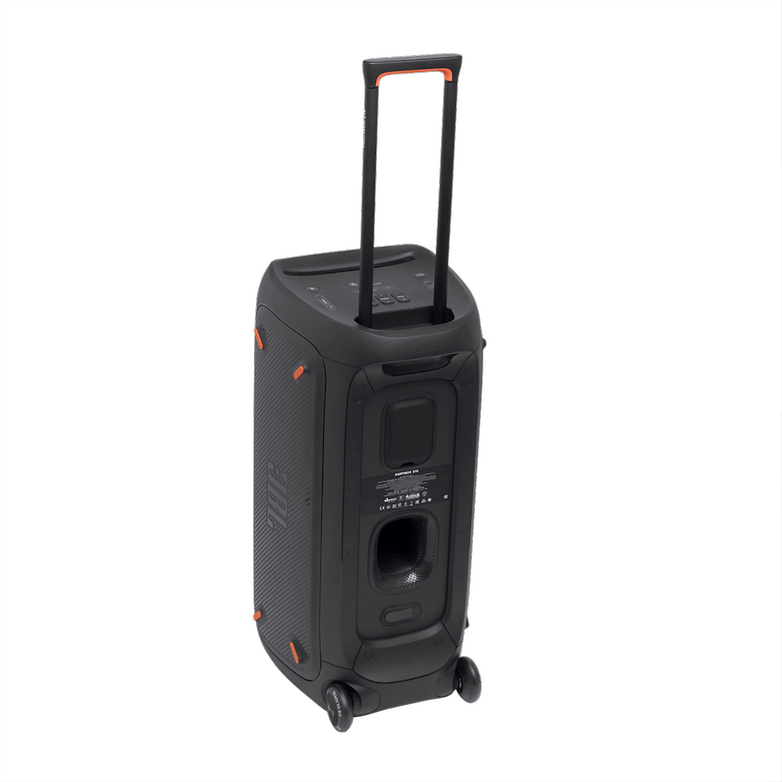
This loudspeaker will be available during September at a price of €499. A "light" version of the PartyBox, which is the PartyBox on-the-go, is already on sale in September for €299. The battery life for the "lite" version would be the 'sacrifice' you make with just 6 hours of juice, and a naturally less powerful audio output (100 Watts compared to 240 Watts on the PartyBox 310).
Interesting reads on NextPit:






